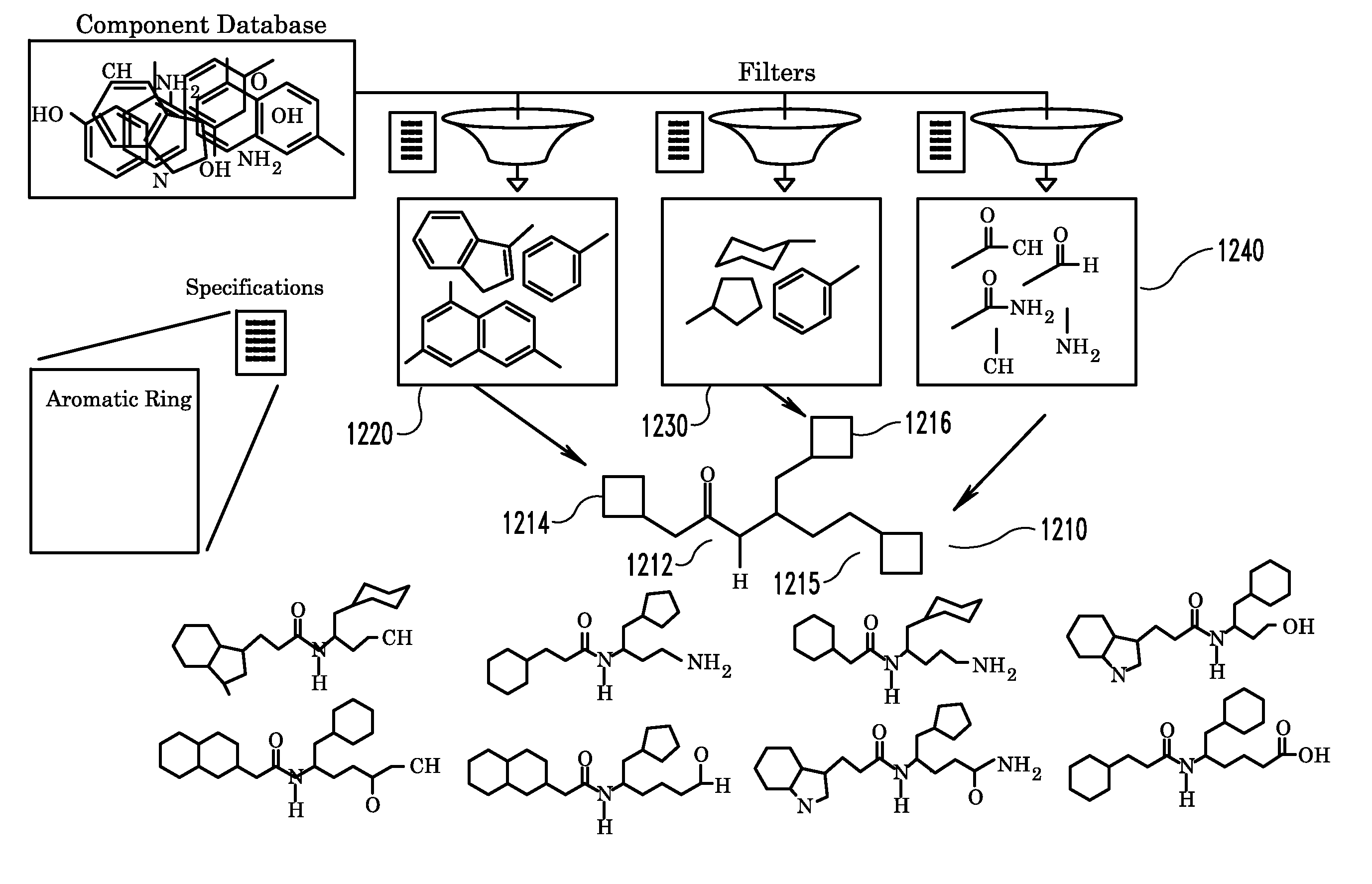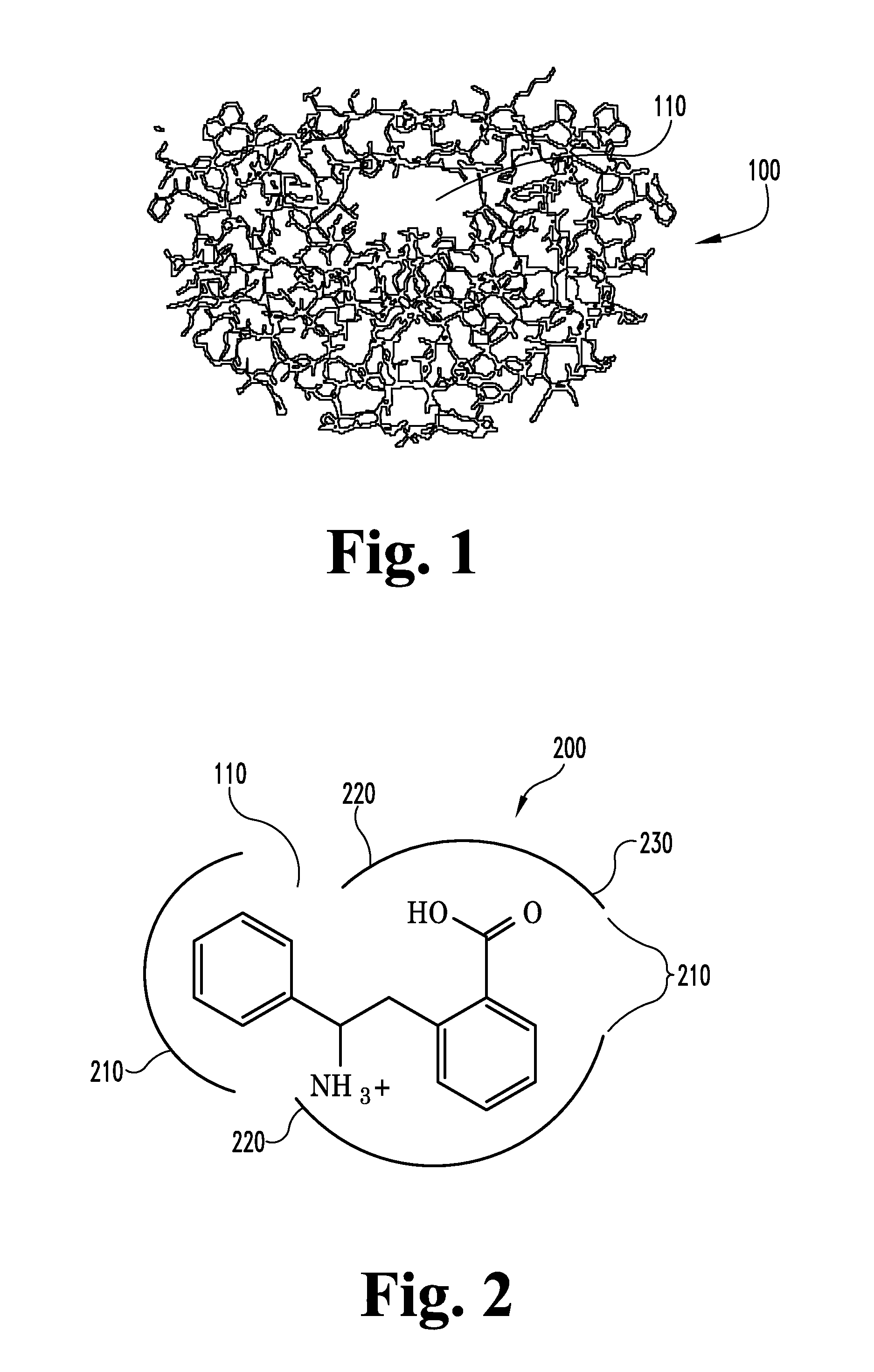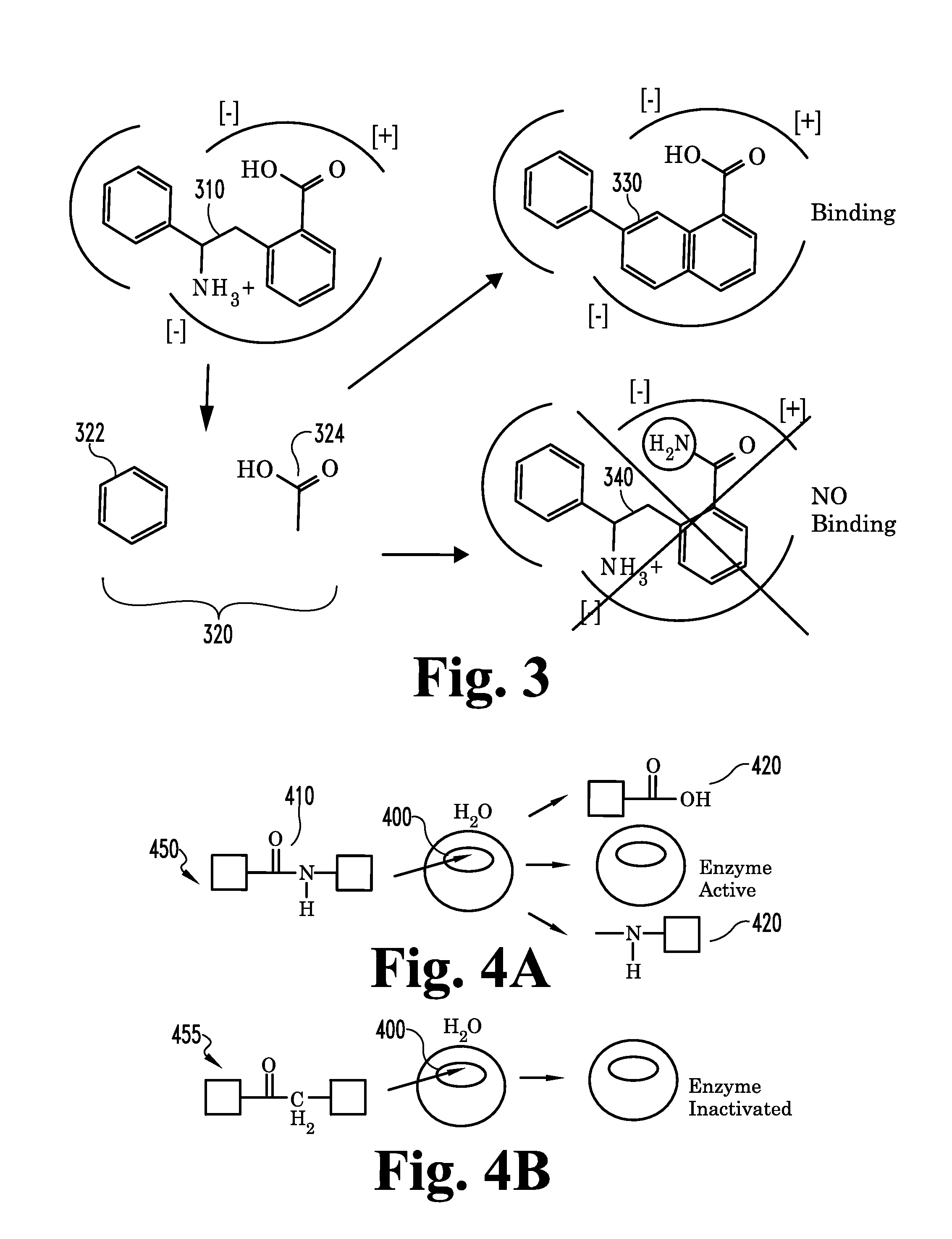Discovery and development of drugs is a lengthy, expensive, and often unsuccessful process.
Unfortunately, all of these programs must make tradeoffs between completeness of their searching functions and the speed of their computations.
These alterations may manifest as minor physical symptoms, as in the case of a runny
nose due to allergies, or as life threatening and debilitating events, such as
sepsis or depression.
Any errors could have grave consequences.
For example it would likely be fatal if blood-clotting enzymes began activating throughout the body, or if our
immune system began attacking our own tissues.
If a molecule varies from a functioning ligand by even a single atom in the wrong place, it may not fit properly, and therefore not interact with the
receptor, or not interact strongly enough.
Altering the behavior of select receptors or enzymes may have detrimental effects with other systems.
This is typically the most demanding task of the entire
drug design process.
This is usually an unacceptable candidate for a drug.
This may be, for example, because the natural ligand is inactivated by the
receptor, as described above, or because it is not feasible to commercially manufacture the natural ligand.
Those skilled in the art will appreciate that the design of novel ligands is often restricted by what chemists are physically able to synthesize.
It is of no use to design the ultimate drug if it cannot be manufactured.
Unfortunately, not all complexes can be analyzed in this manner.
However, the danger in altering any portion of the ligand is the effect on the remaining ligand structures.
Even though complementarity in one portion of the ligand might be improved by the chemical revision, the overall binding might be severely compromised.
For the most part, de novo design has been unsuccessful.
This greatly diminishes the accuracy of any calculated ligand-
receptor interaction.
Furthermore, de novo design often generates undesired structures, such as toxic or chemically unstable structures.
Therefore, a large fraction of the potential ligands identified by de novo design are useless as a commercial drug.
Although this can be true of small molecules, larger structures are often too flexible for the assumption to hold true.
Thus, scanners may miss important potential lead compounds that can flex to form a structure with a high binding affinity.
Furthermore, scanners cannot generate new lead compounds—they are completely dependent upon the
database 650 of structures with which it is supplied.
Therefore, scanners cannot identify new structures, and their potential solutions are biased by the
database they employ.
Furthermore, generating a large
database may require a great deal of manpower and funding, imposing a burden to commercial companies and potentially rendering
scanner type
software useless to academic institutions.
However, a builder's database contains fragments and chemical building blocks instead of complete compounds.
Unfortunately, the combinatorial attachment of such diverse chemical components also leads to the generation of synthetically unfeasible and chemically unstable structures.
Furthermore, the ability of builder programs to generate improved ligands is limited by the inability to accurately calculate the receptor-binding structure and binding affinity, as discussed above.
As with
scanner packages, builder-type programs are also limited by their ability to deal with ligand flexibility.
Because of the combinatorial nature of the problem, searching all the rotatable bond configurations a ligand can adopt is extremely demanding in terms of
computer resources.
Even with yearly exponential increases in processor speed, the complexity of this problem remains one of the most arduous tasks in
computational chemistry.
The combinatorial nature of this problem leads to an exponential rise in the number of conformations that must be calculated.
Since drugs typically contain 10-15 rotatable bonds, conformational searching can easily overwhelm even the fastest computers, despite the development of algorithms that reduce the computational burden of conformational searching by orders of magnitude.
Consequently, some builder packages do not implement conformational flexibility at all, or use other short-cuts that severely limit their ability to determine adequate ligand binding conformations.
Others use rudimentary, pre-calculated torsion angle scans that lack the resolution to tightly dock compounds within the
active site.
However, they suffer the same shortcomings as all de novo design packages described above: their performance is restricted by the inability to accurately calculate ligand-receptor binding affinity; the combinatorial nature of the
algorithm often leads to the generation of chemical structures that violate the laws of
physics, are unstable, or are synthetically difficult; and the developer of the
software may bias the generation of compounds.
Calculating derivatives for all the energy terms and locating minima numerically is CPU intensive in its own right.
As such, even the fastest of commercially available minimizers currently requires several minutes to relax a typical ligand-receptor structure.
This nullifies any computational
advantage gained from employing a rough conformational search.
For most real-time applications, including docking, automated ligand refinement, and
virtual screening, this timeframe is impractical.
 Login to View More
Login to View More  Login to View More
Login to View More 


